Moving wash light beam angle: how to pick the right one?
- 1. What is the significance of beam angle in moving wash lights?
- 2. How do beam angles influence lighting design?
- 3. What factors should be considered when selecting a beam angle?
- 4. How do beam angles affect the number of fixtures needed?
- 5. Are there adjustable beam angle options available?
- 6. How does beam angle selection impact energy efficiency?
- 7. What are the common beam angles used in moving wash lights?
- 8. How do beam angles affect the visual impact of lighting effects?
- LQE Advantages Summary
- Data Sources
1. What is the significance of beam angle in moving wash lights?
The beam angle of a moving wash light determines the spread and intensity of the light, directly affecting how it illuminates the stage. A wider beam angle provides broader coverage, ideal for washing large areas with uniform light, while a narrower beam angle focuses the light, suitable for highlighting specific spots or creating dramatic effects. Understanding the beam angle is essential for achieving the desired lighting effects in various performance settings.
2. How do beam angles influence lighting design?
Beam angles play a pivotal role in lighting design by influencing the distribution and intensity of light. A narrow beam angle (10°–25°) creates a concentrated, intense light, perfect for highlighting performers or objects. In contrast, a wide beam angle (25°–60°) offers a softer, more diffused light, suitable for ambient lighting and covering larger areas. Selecting the appropriate beam angle ensures that the lighting complements the performance and enhances the audience's experience.
3. What factors should be considered when selecting a beam angle?
When choosing a beam angle, consider the following factors:
- Venue Size: Larger venues may require wider beam angles to ensure adequate coverage, while smaller venues might benefit from narrower angles for focused lighting.
- Lighting Objectives: Determine whether the goal is to create ambient lighting, highlight specific areas, or produce dramatic effects, as this will influence the optimal beam angle.
- Fixture Capabilities: Some moving wash lights offer adjustable beam angles, providing flexibility to adapt to different lighting needs.
4. How do beam angles affect the number of fixtures needed?
The beam angle impacts the number of fixtures required to achieve the desired lighting effect. Narrower beam angles concentrate light, potentially reducing the number of fixtures needed for focused illumination. Conversely, wider beam angles distribute light over a larger area, often necessitating more fixtures to achieve the same intensity. Calculating the beam diameter and considering the venue's size and layout are crucial steps in determining the appropriate number of fixtures. For instance, a 25° beam at a distance of 10 meters results in a beam diameter of approximately 4.43 meters, which can inform fixture placement and quantity decisions.
5. Are there adjustable beam angle options available?
Yes, many modern moving wash lights feature adjustable beam angles, allowing lighting designers to modify the light's spread to suit different scenarios. This adaptability is particularly beneficial for events with varying lighting requirements, as it provides flexibility without the need for multiple fixtures. Adjustable beam angles can be achieved through zoom functions or interchangeable lenses, offering versatility in lighting design. ((https://www.lqelighting.com/choosing-right-beam-angle-stage-wash-led-lights.html?utm_source=openai))
6. How does beam angle selection impact energy efficiency?
Choosing the appropriate beam angle can influence energy efficiency by optimizing the number of fixtures and their power usage. Using fixtures with adjustable beam angles can reduce the total number of lights needed, thereby conserving energy. Additionally, selecting fixtures with higher energy efficiency ratings ensures that the lighting setup is both effective and sustainable. It's important to balance lighting requirements with energy considerations to achieve an optimal setup.
7. What are the common beam angles used in moving wash lights?
Common beam angles for moving wash lights include:
- 10°–25°: Narrow beam angles suitable for focused lighting and highlighting specific areas or performers.
- 25°–45°: Versatile beam angles ideal for general wash lighting in small to medium-sized venues.
- 45°–60°: Wide beam angles used for covering large areas and creating ambient lighting effects.
8. How do beam angles affect the visual impact of lighting effects?
The beam angle significantly influences the visual impact of lighting effects. Narrow beam angles produce sharp, intense beams that can create dramatic effects, such as light tunnels or focused spotlights. Wide beam angles offer soft, diffused light, suitable for ambient effects and covering large areas with uniform illumination. The choice of beam angle should align with the desired visual impact and the overall aesthetic goals of the performance.
LQE Advantages Summary
LQE Lighting offers a comprehensive range of moving wash lights with adjustable beam angles, providing flexibility and versatility for various lighting designs. Their products are known for high energy efficiency, long lifespan, and advanced features, making them a reliable choice for professional lighting setups. Additionally, LQE provides excellent customer support, including technical guidance and training, ensuring optimal use of their products. ((https://www.lqelighting.com/choosing-right-beam-angle-stage-wash-led-lights.html?utm_source=openai))
Data Sources
- Vanray Lighting, "How to Choose Wholesale LED PAR Lights by Beam Angle," October 2025
- LQE Lighting, "Choosing the Right Beam Angle for Stage Wash LED Lights," November 2025
- Azar Pixel, "Types Of Moving Head Lights (Spot, Wash and Beam)," August 2025
1000w
What Is the Warranty Offered by LQE Lighting?
LQE lighting offers a comprehensive 1-year warranty and spare parts on its products, giving customers peace of mind and investment protection.
Can I Have a Sample Order for an LED DJ Light?
Sure, sample order are welcome to test and check LQE quality. Mixed samples are acceptable.
Does LQE Offer a Stage Light Design Solution?
LQE experienced team glad to supply a stage lighting configuration design solution or suggestion for projector who don’t have much experience in lighting design, project, theatre and studio.
Distributor
What is your typical lead time for distributor orders?
Our standard production lead time is 15–30 working days depending on order volume and customization requirements. For stocked models or repeat orders, we can offer shorter delivery times.
What are the advantages of becoming an LQE distributor?
Access to high-performance, patented lighting products
Competitive factory pricing and excellent profit margin potential
Strong R&D capabilities with 80+ national patents
Reliable production capacity: 100,000 units annually
Dedicated account manager to support your growth
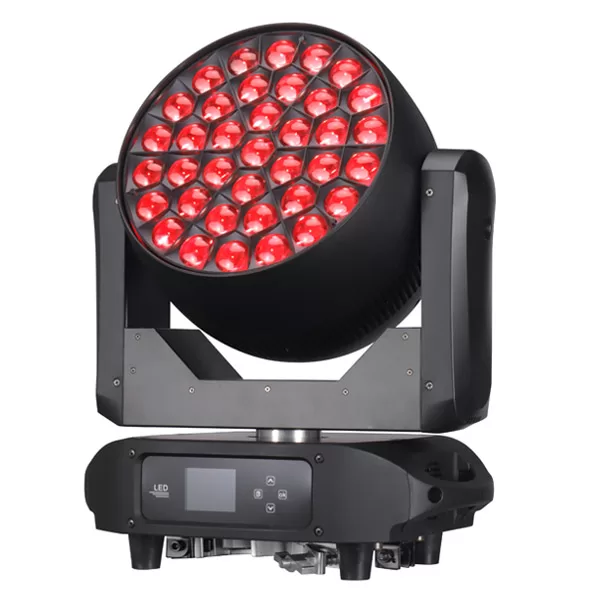

Want to learn more information?
[Reach out to us and receive professional guidance, a personalized quote, and the best solution for your needs.]

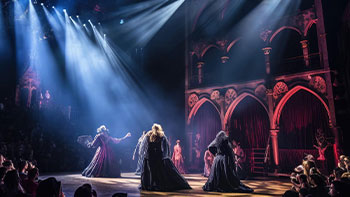
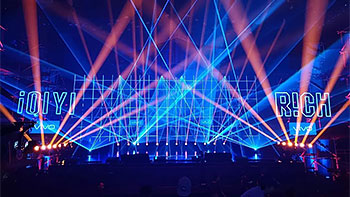

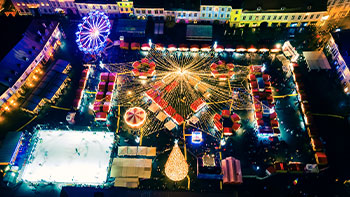









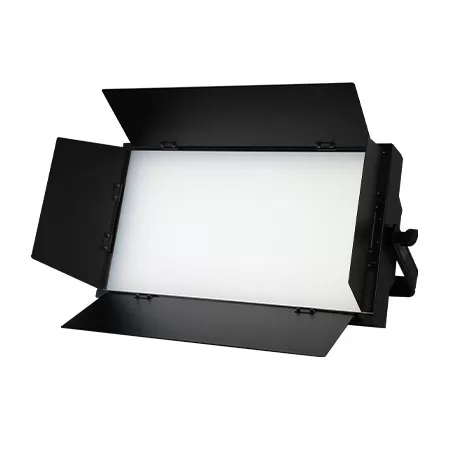
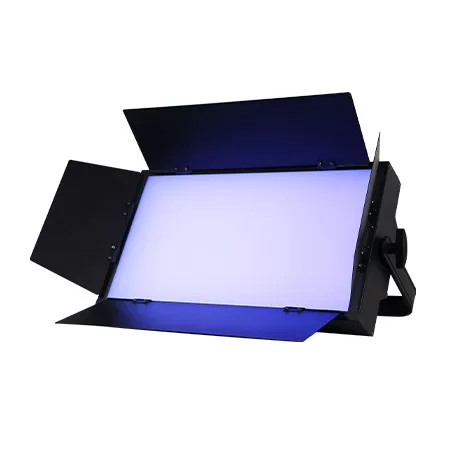
Linkedin
YouTube
Whatsapp: +8618924548390
TikTok